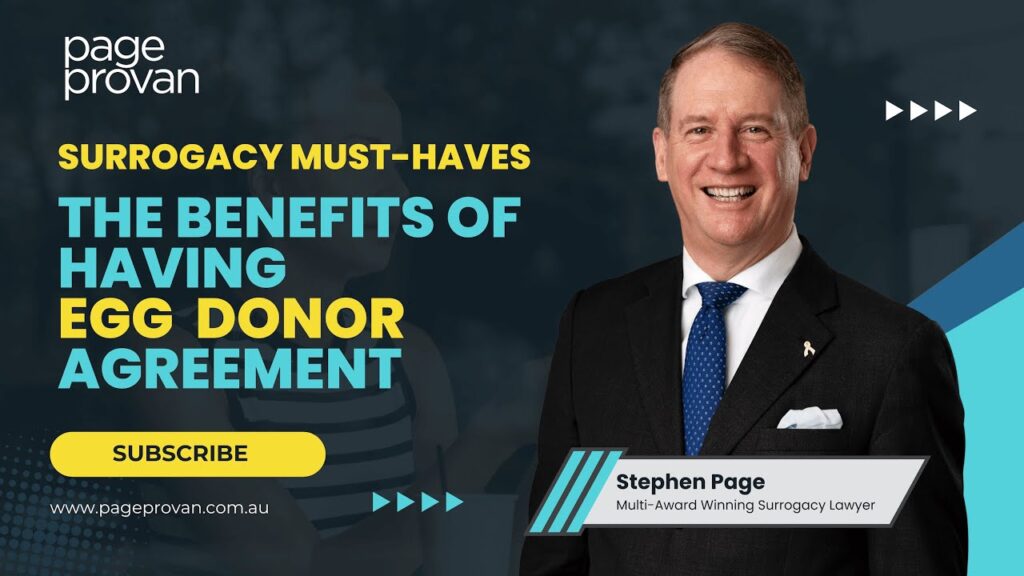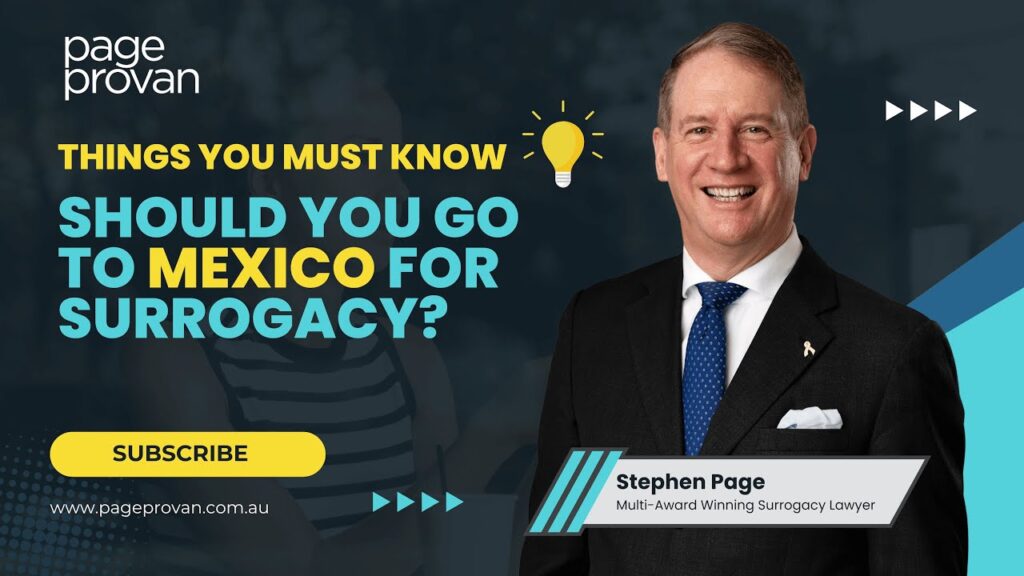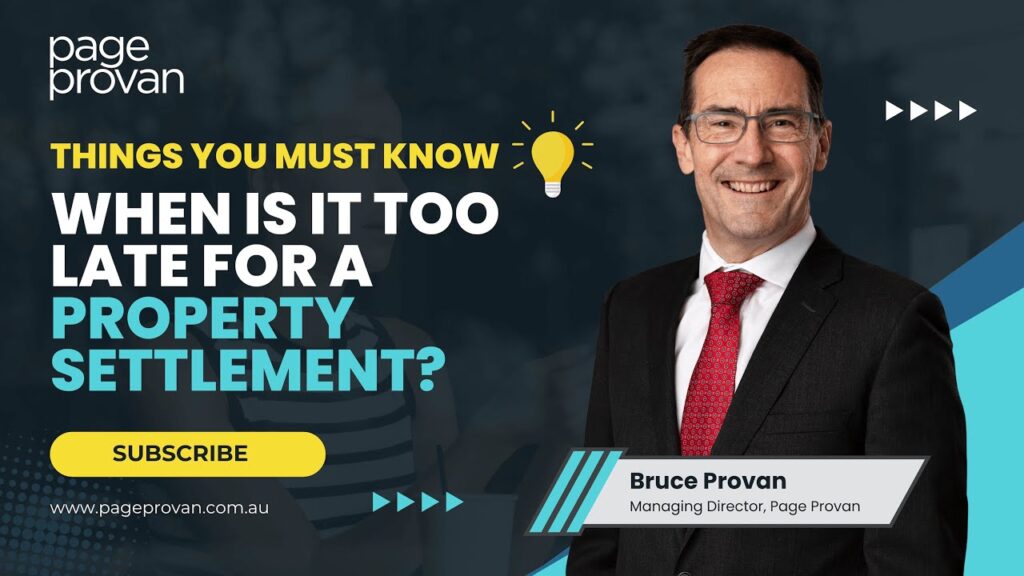My history of LGBTI activism
Back in 2012, at the height of controversy about Queensland’s proposed discriminatory surrogacy changes, ABC news showed a clip of me giving a speech to an equal love crowd, and described me as an “activist”. Not as a “lawyer” as I thought I always was. I was both shocked and bemused. I had always seen myself as a lawyer and not as an activist. When I mentioned it to a friend, Steve Snyder, then chair of the American Bar Association’s Artificial Reproductive Technologies committee, he stated that he was proud to be my friend- with me being both an activist and a lawyer, as some of the best lawyers were.
We are all equal- my fundamental belief
I have always been of the view that the law should treat all of us equally.
When I undertook law school, I expected by the end of it to come out and work in mainly property type matters. That was what the course was centred upon, after all. Soon after starting my traineeship, way back in 1985, I realised that most of the practice of law was in fact BORING and that I wanted to do something more.
Within a short period I discovered that somehow I enjoyed helping people, and decided that family law was for me. In part this was because of the influence of my supervising lawyer, whose nickname was “the Dragon” and “Duchess of Divorce” who would regularly rant and rave, but fight on behalf of her clients, and acted for them with passion. They loved her.
By 1988 I decided that family law was my specialty. I have specialised in family law since then. When the Queensland Law Society accreditation scheme started in 1996, I became one of the first, and remain an accredited family law specialist.
By 1992 I acted for my first LGBTI client. She was a lesbian who had separated from her husband, after he had been violent to her. Back then, women who had separated from violent husbands, only to see the light and form relationships with other women, were the most common type of LGBTI client. It was hard going. Back in 1992 it was still good law that if you were gay and lesbian you should expect that either you were not going to end up with the kids, or if you did, there would be conditions, such as not showing affection to your same sex partner in front of the kids. Homophobia remained the rule.
In about 1994 I was then asked, at the last minute, at the request of that client, to speak to a large group of lesbians about family law. I had no idea what I would talk about in the hour I had available to me between when I was asked and when I had to speak. When I arrived, about 30 or so were there waiting to listen to me. Remember, that at this time there was overt homophobia in society and in the courtroom and in addition to this, gay and lesbian relationships were invisible. there were simply no reported cases about gays and lesbians having separated. There was little if any social commentary. Despite almost 10 years practice, I had then never acted in a case of lesbians and gays splitting up. I was at a loss about what to discuss.
After talking about the invisibility of lesbian relationships, I mentioned about domestic violence, and how I had had several clients who had left their husbands and found good women, after their husbands had been violent. To my surprise and disgust, most of the women in the room had been the subject of domestic violence by men. When I went through the criteria of domestic violence, one woman said: “That was what happened to me. I never realised it was domestic violence. Thank you.” My presentation had been worth it.
I quickly realised that the then construct of domestic violence, namely that domestic violence was committed by male perpetrators to their female partners, did not apply in all cases. I had seen domestic violence by some women of their male partners. From the mid-1990’s I also started coming across domestic violence perpetrated in same sex relationships. By my raising issues of same sex domestic violence at the time, some domestic violence activists were critical of me for not adopting the patriarchal model of domestic violence. Somehow it was assumed by some that I was weak on domestic violence.
From 1992 until now I have represented successive LGBTI clients in their family law cases. These have included:
- a gay client who was wrongly identified by the court and by police as being the perpetrator of domestic violence. As I was able to show, he was the victim.
- a transgender client who was unable to have her birth certificate altered from an M to an F, because she was married. I obtained a ruling from then Attorney-General Rod Welford that the strict reading of the law did not apply because my client both was married and lived overseas. My client was able to get her birth certificate altered, even though on the face of the law this would have been impossible.
- a transgender client who was the subject of domestic violence at home from her female partner.
- gay and lesbian clients who have been the subject of domestic violence in their relationships.
- acting for a child in a dispute between his lesbian parents. I was keen to have the non-biological mum recognised on the birth certificate as a parent.
Doing more than mere legal work
Acting for clients was never enough. In my view lawyers have a privileged role in society and with that privilege comes great responsibility. That responsibility extends to helping others through the community and pointing out to government changes that need to be made to legislation so that it is fairer, and reflects community standards.
As a result, I have presented to counsellors of the Gay and Lesbian Welfare Association about same sex domestic violence, and then was the Honorary Solicitor for that organisation. I was also for a time the Honorary Solicitor for the then Queensland Intravenous Assocation (QUIVA) and for the Brisbane Gay and Lesbian Business Network. While on the committee of the latter, I managed to have then Lord Mayor of Brisbane, Campbell Newman attend as a guest speaker- a first from the LNP.
Also in the early 2000’s there was a shift within the Queensland government to removing discrimination. I assisted Shayne Wilde of the then Queensland Association of Gay and Lesbian Rights as to advice and drafting of laws so as to ensure that proposed laws were no longer discriminatory. Change in the law is sometimes incremental, then with speed massive change comes. The first change was adopted by then senior union official Grace Grace. It may not seem much now, but it was a revolution then: an industrial award, in which compassionate leave to be with a sick same-sex partner was recognised for the first time. The drafting of the clauses of that award took time!
Soon after that change, the Beattie government decided to get on board. In 2003 almost all discrimination under Queensland laws against LGBTI people was removed. Many of these efforts were because of the persistence of those like Shayne Wilde, and those who provided support, like me.
In 2001-2002 I took part in community consultations as to the Domestic and Family Violence Protection Act. I said consistently, along with many Aids activists, that the Act needed to be extended so that informal carers needed to be covered, so that those with Aids would no longer be victimised, and that the Act needed to include same sex relationships. Those battles were won in 2003 with changes to the law, brought about by then Minister Anna Bligh. In 2003 I delivered training to lawyers across Queensland, at various conferences, about the changes to the domestic violence laws, including as to same sex issues.
In 2006, keen to learn, I traveled to the US and met with those undertaking same sex domestic violence work there, including officials in San Francisco, and a lawyer leading a groundbreaking same sex domestic violence program in Los Angeles, Ms Terra Slavin. Terra continues doing that work to this day. I had my first meetings with members of the National Center for Lesbian Rights.
By 2007 I spoke at the national PFLAG conference, and several times at the National Health in Difference conference about LGBTI legal issues, including existing discrimination, same sex domestic violence, and how the law ought to change.
By 2007 I founded this blog, and have ever since sought to raise awareness on a national level about LGBTI legal issues. I was the first lawyer in the country to start an LGBTI specific law blog.
In 2008 I was recognised by Brisbane Lawyer as being one of the most respected LGBT friendly lawyers in Brisbane.
In 2010 I delivered training to domestic violence workers about same sex domestic violence.
In 2011 and 2012 I, together with Dr Alan Berman, made repeated representations to then Labor Attorney-Generals Paul Lucas and Cameron Dick about repealing gay panic defence. Paul Lucas set up a group of experts that partially adopted our position. I am pleased that finally this defence now seems to be repealed.
I have twice taken part in debates in which I argued publicly for same sex marriage to be recognised in Australia.
In 2013 in Melbourne I addressed the Australian Psychological Society, Family Law and Psychology interest group, about LGBTI legal issues. In 2014 also in Melbourne I spoke at the inaugural Australian conference of the Association of Family and Conciliation Courts about LGBTI legal issues.
In 2014 I spoke at a same sex parenting conference in Brisbane. I also spoke at the launch of Diversity in Gender and Sexuality.
LGBT Family Law Institute
In 2013 I joined the LGBT Bar Association, a US based organisation. I was also accepted into membership of the LGBT Family Law Institute- a credentialled organisation, meaning that I had to have the respect of my international peers, in order to be a member. I had to convince the other members that I had never taken an anti-gay stance, and that not only had I acted for LGBT clients, but that I had publicly advocated for change for LGBT people. As far as I am aware I am the only Australian member of either organisation.
I have just come back from London where I was the only Australia to take part in a historic meeting: the first regional meeting of the LGBT Family Law Institute outside the US. This meeting looks as though it has founded a UK equivalent, so that for the first time hopefully there will be a network of LGBTI family lawyers in the UK, able to provide each other and their clients with support, and be able to advocate for a fairer society and the removal of discrimination.
I have been given the task by Bill Singer, founder of the Institute, to hold a similar meeting in Australia, so that hopefully for the first time we will have a national group of LGBTI family lawyers in Australia.
The media
Since Brother/Sister was around I have written a legal column about LGBTI legal issues. Following the demise of Brother/Sister, for the last dozen years I have continued to write a column for Qnews. This column covers the topic of same sex domestic violence, long before it became fashionable, trends overseas, same sex marriage and many other LGBTI legal topics. I am now the longest running columnist with Qnews. I just wish I had more time to write!
I have also spoken at every available opportunity to the media about LGBTI issues. The world needs to be a fairer place.
Politicians
I have continued over the years, at every available opportunity, to say to politicians to get rid of discrimination. Recently I made representations in SA to remove that State’s surrogacy law’s discrimination against same sex couples and singles.
In March I gave evidence at the House of Representatives select committee on social policy and legal affairs roundtable on surrogacy. I called for an end to this nation’s surrogacy laws, and I rejected the argument by the Chair of the committee that “there is a sound argument that every child deserves a mother and a father”.
I have made similar representations in Queensland, NSW and federally.
LGBTI Legal Service
When moves were afoot to set up the legal service, it was a step that I believed was long overdue, and one that I supported wholeheartedly. Through the use of my blog, telephone calls, articles, and personal contacts, I rounded up a group of lawyers to volunteer, many of whom still do so.
I am proud that I commenced volunteering on the night the service commenced in July 2010, and have continued to do so since. It gives me great joy to be able to assist others.
Homophobic violence
During the production of his epic book on Queensland’s homophobic violence, I spent many hours providing feedback to co-author Dr Alan Berman about various legal and other issues. I am glad that the book was finally published, as it exposed the ugly side of Queensland, and what LGBTI people should not have to be subjected to.
I have met with police about homophobic violence, and in the early 2000’s delivered training to police LGBTI liaison officers about homophobic and same sex domestic violence.
Moving into surrogacy
A natural progression of acting for LGBTI clients in family law is having to discuss how babies are made, in particular through the use of surrogacy. Surrogacy in all forms was illegal in Queensland. until 2010. Nevertheless, clients were seeking my advice about surrogacy well and truly before then. I have very proudly been able to assist hundreds of clients (many of them same sex clients) from all over the country and 17 countries overseas, to achieve parenthood. My fiance Mitchell and I are now also heading down the path to parenthood via surrogacy!
I was in attendance the morning that couples were finally able to have their relationships recognised- a particularly poignant moment.
After the Newman government was elected, the Government seemed to take a swipe at the LGBTI community. QAHC funding was cut. I took part in the protests. The Government then diluted the civil partnership laws.
Then came the most concerning blow of all. Jarrod Bleijie said that surrogacy laws would be altered so that non-biological mothers would no longer be recognised as parents, and that if gays, lesbians and singles undertook surrogacy, they would be the subject of an up to 3 year jail term, because “every child deserves a mother and a father”. Six other activists and I formed Queenslanders for Equality. It was agreed that I would become the convenor.
For the next 9 months,I pursued this fight with vigour. I met Blejie’s chief of staff- after great difficulty. I spoke to whoever in the media would listen to me. I wrote to Bleijie direct. I was aware that our chances of success were less than 5 %. I spoke at community events. I sought the help of Surrogacy Australia, the Queensland Law Society and Australian Lawyers for Human Rights, amongst others. I was amazed when the President of the Queensland Law Society called the proposal a “miscarriage of justice”. I was determined that the Government needed to be engaged, not demonised, in part because I knew that there were members of the LNP who were not homophobic.
The efforts of I and my fellow activists seemed doomed. We organised a petition to oppose the changes. We got 5000 signatories. The Australian Christian Lobby organised a counter petition. They got 10,000 signatories.
By early 2013 the spark had gone out of our fight. It seemed that the fight was lost. No one was listening. Eventually there were only two of us. We met Carl Judge, who had left the LNP and was then an independent member. He promised to help.
By March 2013, I was the sole Queenslander for Equality! We were getting support from no one. Our cause had been unbelievably successful, in that we had delayed a government from proceeding with a Bill that it could pass if it wanted, but we had still not succeeded in killing the proposal. But now I was it. I felt the whole weight of responsibility in having, alone, to deal with the Government. I had been told by other lawyers that I was incredibly brave in taking on the government. I thought that I was not brave, but that if I did not do so that I would be rightly crticised for being a coward- a position I was never going to accept.
We won! The Government decided that it was going to defer the whole idea- an idea which hopefully will not be revived.
So yes, I suppose I am both a lawyer, and an activist. Thank you Steve Snyder for making me look at myself differently!












